PARTNER CONTENT
This content was produced by Automotive Logistics in partnership with Suardíaz Group
Suardiaz Shipping Lines, the maritime division in Suardiaz Group, is investing in sustainable vessels and route optimisation to decarbonise finished vehicle, high & heavy, and trailer services on its European Atlantic service between North Africa and Europe
Spain’s maritime logistics provider Suardiaz Shipping Lines provides shortsea services for finished vehicles and trailer shipments on the European Atlantic corridor between Morocco in north Africa and ports across the European mainland, as well as the UK.

The company is taking vehicles produced by Renault and Stellantis plants, respectively in Malloussa, Somaca and Kenitra, and moving them from the Tanger Med port up to the port of Vigo in Spain, the French ports of St Nazaire and Le Havre, and Zeebrugge port in Belgium. En route, Suardiaz vessels pick up Toyota light commercial vehicles (LCVs) made at the Stellantis plant in Vigo. The company also moves vehicles and parts between Vigo and the UK.
Suardiaz is shipping over 200,000 vehicles annually northbound and that is growing as OEM’s productivity increases. In fact, thanks to the output from Renault and Stellantis in Morocco, the country has become the biggest vehicle export region to the European Union. The carmakers are producing both combustion and electric vehicles that are affordable for consumers in Europe. This factor has led both companies to raise their production forecast.
Emission regulations
What is important to Suardiaz is making these regular services more sustainable in line with maritime legislation on emissions and in response to the demand for decarbonised services by its vehicle-making customers.
Shipping lines operating in European waters need to comply with numerous regulations. These include the EU Emissions Trading System (EU ETS), which requires polluters to pay for their CO2 and has applied to the maritime sector since 2024. Under the EU ETS, companies are encouraged to move to less contaminating alternative fuels, such as biofuels, by not having to pay for emissions generated by their use.
In addition, the Fuel EU Maritime regulation, which has been fully applied since the beginning of January this year, requires ships to monitor and report the greenhouse gas (GHG) intensity of energy used onboard and promotes the use of renewable, low-carbon fuels and clean-energy technologies. It is the biggest lever for decarbonisation in the maritime sector for a generation.
Vessel operators should also note that as of May 1, 2025, the Mediterranean Sea will effectively become an Emission Control Area (ECA) for sulphur oxides (SOx) under Marpol Annex VI Regulation 14.
Sustainable investment
In response to these regulatory requirements and the demand by OEM customers for cleaner shipping options, Suardiaz has been investing in cleaner vessels and technology. The company currently has five vessels operating on the Atlantic corridor, including three dedicated pure car and truck carriers (PCTCs), one flexible carrier for finished vehicles and trailers for inbound parts, and a vessel for pure truck and trailer shipments (operating between the port of Vigo and the port of Liverpool in the UK for Stellantis’ Ellesmere Port factory).
The company has also recently signed a collaboration agreement with Eastern Pacific Shipping (EPS), to add two new dual fuel PCTCs that can run on liquefied natural gas (LNG) with a cargo capacity of 5,500 CEUs. Delivery of these vessels is scheduled for the first and third quarter of 2027. Both vessels will run on the Atlantic corridor service as part of Suardiaz’s journey to have completely clean car, trailer, and high & heavy rolling cargo-carrying vessels sailing between north Africa and north Europe.
For existing vessels, Suardiaz is doing its utmost to improve the efficiency through a range of measures. These include re-blading propellors and repainting vessel hulls to reduce friction and fuel consumption, which in turn leads to lower emissions.

The company is also preparing to obtain onshore electric power supply where possible to plug in vessels at berth and reduce CO2 emissions. Its new LNG vessels are also set up for onshore power supply.
That is a real prospect at Vigo and the port authority is working with the Spanish renewable energy company Iberdrola, to build an onshore power supply (OPS) for berthed vessels that will draw on renewable sources, thereby reducing levels of air and noise pollution.
Vessels’ engines can be switched off while power supply for auxiliary systems such as transfer pumps, refrigeration systems, lighting and emergency equipment is delivered from onshore.
Find out more about Suardíaz Group services
Return flows for clean efficiency
As well as investing in cleaner dual-fuel vessels, Suardiaz is investing in larger vessels to give better emissions performance per vehicle unit transported and securing return flows ex Europe to Morocco for maximum efficiency gains. That includes passenger vehicles, trucks and all kinds of high & heavy rolling cargo.
It also includes the shipment of trailers of parts destined for factories from which Suardiaz is picking up finished vehicles. Combining southbound parts flows and northbound finished vehicle shipments on its services on the European Atlantic corridor is one of Suardiaz’s sustainable strengths.
Along with increased finished vehicle exports, Moroccan companies are also sending more automotive parts northwards, along with cargo for other industries. That business and the demand for capacity is something else Suardiaz is looking to capture with connections between Morocco and Europe.
Looking further ahead, Suardiaz will continue to renovate its fleets and invest in new vessels that are flexible in terms of rolling cargo and equipped with the latest fuel technology to meet the wave of demands from European maritime regulation, as well as the preferences of its OEM customers for decarbonised services.
| Renault Group and Stellantis models made in Morocco | |
|---|---|
|
Plant |
Models |
|
Mellousa (Renault) |
Renault Express, Express Van, Dacia Jogger, Dacia Sandero, plus Mobilize Duo, Bento in Q1, 2025 |
|
Somaca (Renault) |
Dacia Logan, Dacia Sandera, Renault Kardian |
|
Kenitra (Stellantis) |
Peugeot 208, Citroën Ami, Opel Rocks-e, Fiat Topolino |
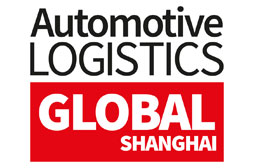


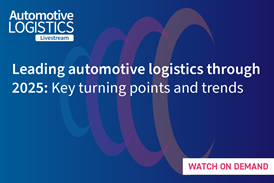



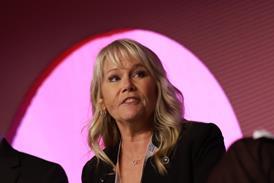
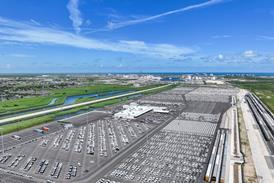

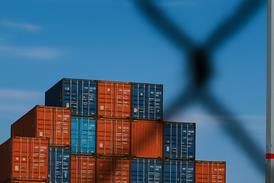
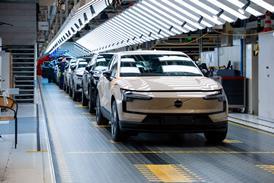
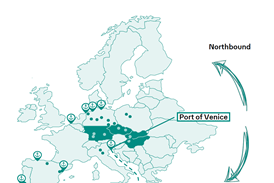
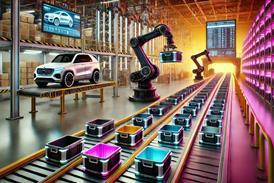
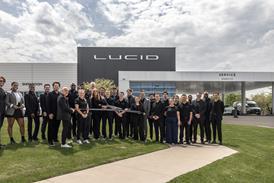
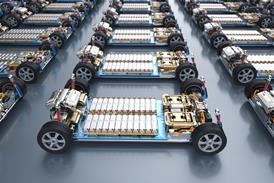

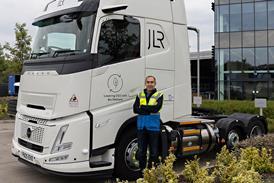
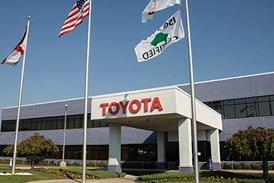

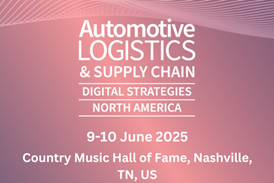
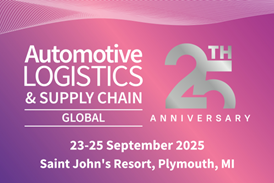
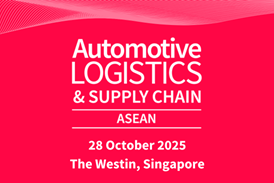
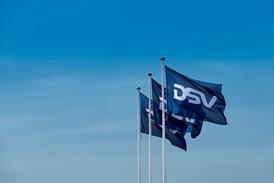
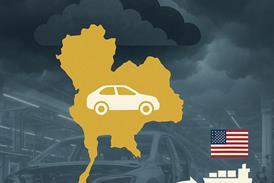
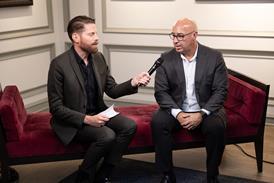



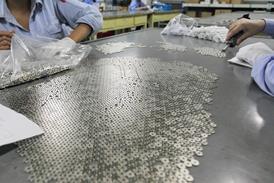




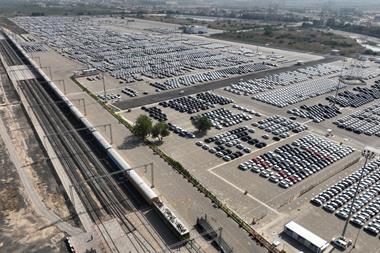
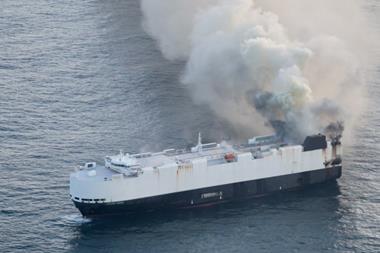
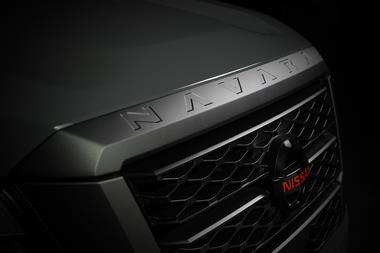
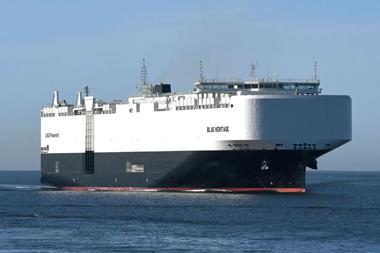


No comments yet